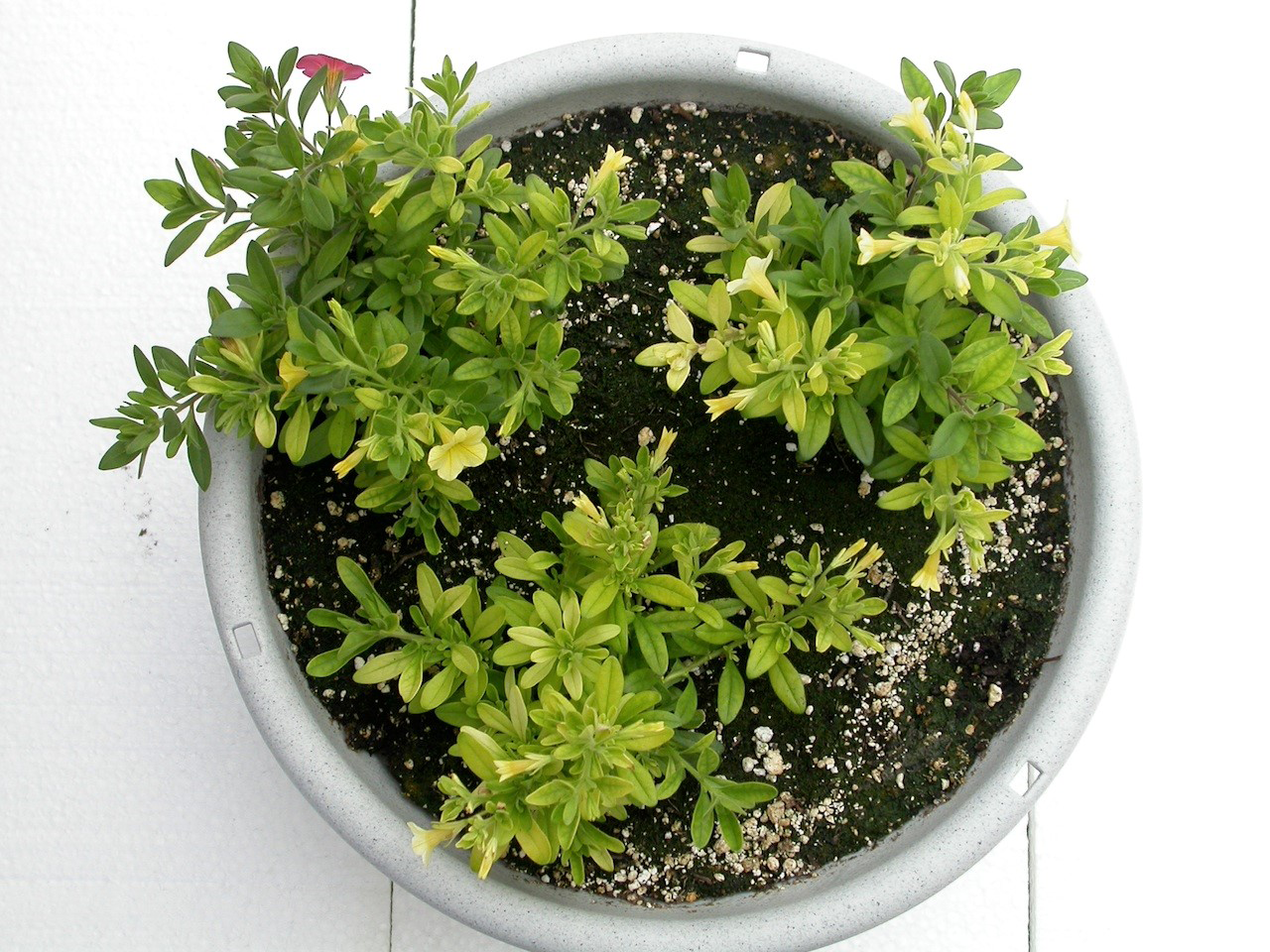Rooting Out Black Root Rot
By Margery Daughtrey—Cornell University, Long Island Horticultural Research & Extension Center
The insidious disease called black root rot is caused by a fungus, Berkeleyomyces basicola (Thielaviopsis basicola was its old, discarded name). It moves invisibly from greenhouse to greenhouse on the roots of plugs to be noticed only weeks later when plants aren’t growing normally. This is the key way you’ll know you have it if you observe that plants are growing in a very non-uniform fashion, so that some of them are very stunted. The real battle between the plant and the fungus, however, is going on underground. It’s only by managing the root environment that you can prevent attacks of black root rot.
Sanitation is very relevant. You probably know already whether you’re growing crops prone to black root rot. Of the bedding plants, pansies and violas are the most prone to infection by B. basicola. This may be in part because these Viola spp. are such a major crop and because growers are likely to re-use flats and pots from the previous year.
The biggest danger is when those pots from the previous year harbor an undiagnosed problem with black root rot. The fungus forms extremely effective resting spores (chlamydospores), and these glom onto plastic surfaces and carry infection from one year to the next. Only with purposeful washing and disinfestation can you make flats and pots safe to use again after a black root rot outbreak.
Hosts. It’s not just the pansies and violas that are vulnerable; close behind them in susceptibility to black root rot are vincas (from Catharanthus roseus to Vinca major to Vinca minor). Petunias are another important host. Large losses occur in calibrachoa crops annually. Black root rot doesn’t affect every crop, but the pathogen has its favorites. It wreaks havoc in cotton and tobacco fields. Poinsettias, snapdragons, sweet peas, cyclamen and brugmansia are among its hosts, as well as many herbaceous perennial crops, such as gaillardias, lupines, phlox and penstemons. Even trees can be attacked by B. basicola (hollies in particular, but citrus, birch, elms and other assorted woody plants as well).
Symptoms to scout for. So how do you know your plants are suffering from black root rot? The first hint is an irregular stand, with some plants full size and others pint-sized even in quart containers. Also, plants will be chlorotic— yellowish or purplish or a combination of the two. When you check the roots, they’ll be less than impressive. If infected from the time of transplanting, root systems will be small and blackened (or at least dark brown). Sometimes you’ll see the survival spores in masses on the base of the stems. If you’re unsure of your diagnosis, a laboratory can help you by locating the distinctive spores with the aid of a microscope.
Countermeasures. First, stop recycling containers without first sanitizing them, especially for black root rot-prone crops like pansy. Both a peroxide-based disinfectant spray and a 10-minute dip in 0.525% sodium hypochlorite (diluted household bleach) performed well in a North Carolina State University research trial investigating ways to counteract black root rot inoculum on plug trays.
Second, inspect plug root systems before transplanting, to make sure roots appear healthy. Third, lower your pH. A high pH (pH 6.2 and above) helps B. basicola to attack roots. Don’t overwater, as flooded soils also aid the pathogen. Control fungus gnats— they’re attracted to diseased plants and they spread the fungus.
Sensitive crops should be protected with fungicides that aid in the battle against B. basicola. Include thiophanate-methyl (FRAC Group 1) in your rotation, as it has especially impressive performance against this pathogen in many research trials over the years. Rotational partners for thiophanate-methyl include triflumizole (FRAC Group 3), polyoxin D zinc salt (FRAC Group 19) and fludioxonil (FRAC Group 12).
A new fungicide with mefentrifluconazole as its active ingredient (FRAC Group 3) performed as well as thiophanate-methyl in a recent Long Island trial. Some of these ingredients are available in combination products. Putting all these countermeasures together into a disease management program will sharply reduce the likelihood of any black root rot losses!

